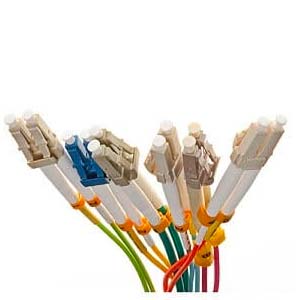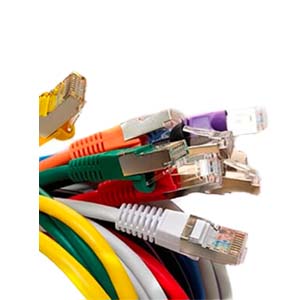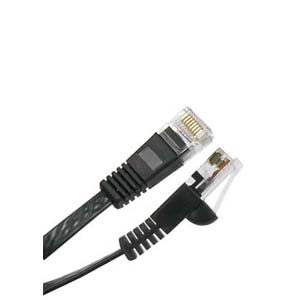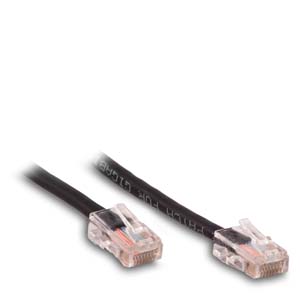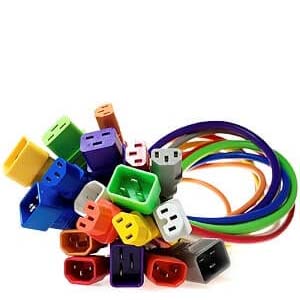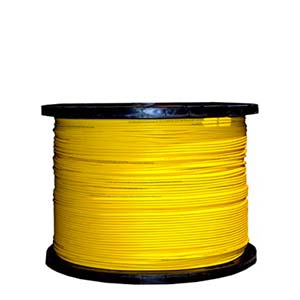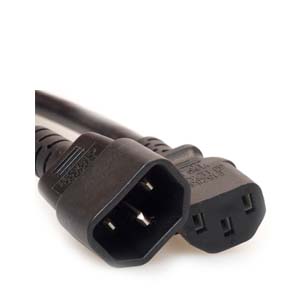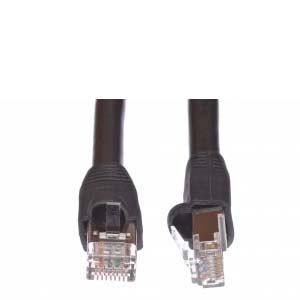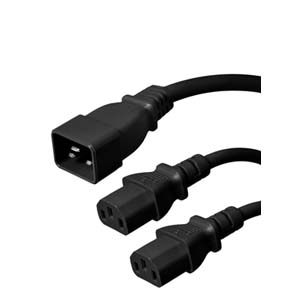Cables Blog
Difference Between Multimode and Single Fiber Optic Cable
Single-mode VS Multimode Fiber Optics
Put simply, the main difference between SM and MM fiber optic cables is the size of the core. Multimode fiber is thicker and measures in the 50 to 100-micron range. The thinner single mode fiber core has a diameter of only about 8.3 to 10 microns.
by Vikas Dayal • November 18, 2019
Single-mode VS Multimode Fiber Optics
Put simply, the main difference between SM and MM fiber optic cables is the size of the core. Multimode fiber is thicker and measures in the 50 to 100-micron range. The thinner single mode fiber core has a diameter of only about 8.3 to 10 microns.
The thicker, multimode fiber optic cables can handle high bandwidth and faster transmissions but only over short distances. One MM cable can handle what would take several SM cables to accomplish. However, single mode fiber optic cables can handle up to 50 times more distance with little attenuation or distortion. For this reason, telecoms use this type of cable to cover long distances.
How Do I Know Which Fiber Optic Cable I Need?
The main factors to consider when deciding on the type of fiber you should use is the transmission distance and the project budget allowance. For distances less than a mile or two, you can opt to use a multimode fiber. However, if the transmission distance exceeds 3 miles, single mode fiber optics is the best choice.
It is also important to consider the type of application when deciding whether to use single-mode or multimode fiber. For example, over longer distances, multimode works well for CCTV but not high speed transmissions.
.
Cost Comparison of Single Mode vs Multimode Fibers
Although single-mode optical fiber has advantages in terms of bandwidth and reach for longer distances, multimode optical fiber easily supports most distances required for enterprise and data center networks, at a cost significantly less than single-mode.
If you haven’t yet designed or installed the network, multimode cable and the corresponding transceivers are the more affordable option for enterprise and data center applications. If your application exceeds the 1500 - 2000 feet range, installing single-mode optical fiber is necessary.
The Future of Fiber Optic Cable Networks
As enterprises are preparing to deploy 100G and 400G technologies, industry standards groups are leaning towards multimode fiber optics. They’ve name multimode fiber optics cable as the short reach solution for the next generation of faster transmission speeds.
The next generation of multimode cable, OM5 (wide band), can handle more bandwidth and higher speeds, alleviating the use of single-mode optics in certain applications. This new fiber offers enterprises and data centers another cost-effective option without having to transition to the more expensive single-mode optics.


